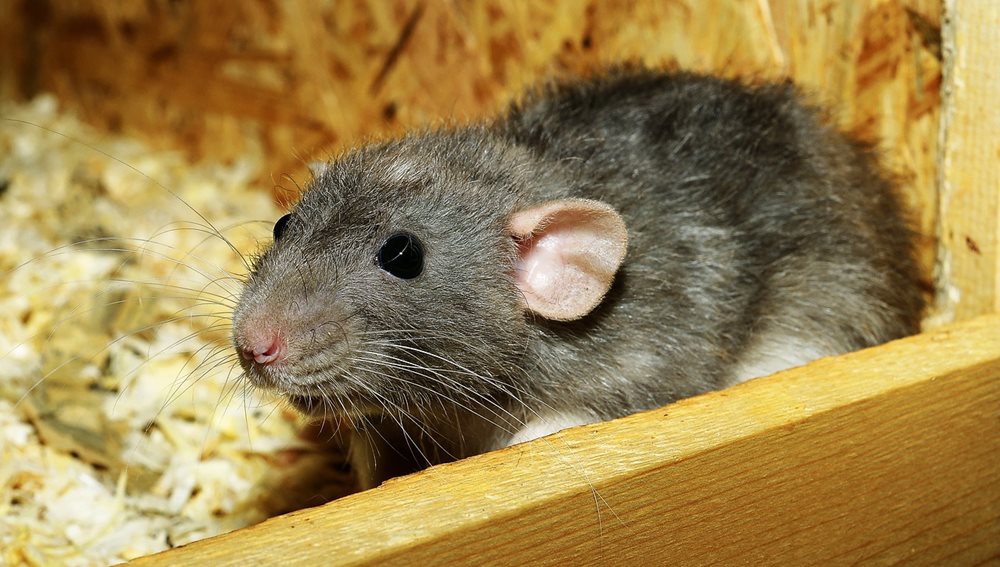
How to Find a Dead Rat
Homeowners understandably grow annoyed upon finding dead rats in walls, attics, and garages. When rats build nests and take shelter in attics, they sometimes fall into structural voids and become trapped. Residents may hear the pests calling out in distress or scratching. Even worse, they may smell something sour permeating the home. Dead rat removal can prove difficult depending on where the creatures are located. Finding carcasses often involves work best left to professionals such as exploring tight, waste-contaminated areas or removing portions of walls.
Disposal
When disposing of rotting rat carcasses, extreme caution is necessary. At close range, the dead rat smell shocks the senses even if masks or respirators are worn. Even worse, proximity to the pest will put individuals in danger of contracting diseases. Proper removal requires protective gear and disposal away from the home for safety. Dead rats cannot simply be placed in unsealed, outdoor trash cans as this can attract unwanted predators and insect pests.
Issues & Removal
While dead rats cause their own set of problems and issues, live rats soil their surroundings with droppings and eat pantry foods. Salmonellosis, murine typhus, and plague are just a few diseases transferable from rodent to resident through fecal contamination. To prevent the pests from appearing in the first place, be sure to keep kitchens tidy and garbage cans sealed. Plug entry points with steel wool or cement. Due to the health risks and unique demands involved, dead rat removal should only be attempted by the experts at Critter Control.
Learn more about rat removal.
Get them out.
Keep them out.®
Experiencing a wildlife or pest issue? We can help! Complete this form and your local Critter Control® office will contact you to assist.
- Baby Rats
- Do Rat Repellents Work?
- Do Rats Hibernate in Winter?
- Rat Droppings
- Diseases from Rats
- Rat Bites
- Rat Life Cycle
- Identify Rat Noises Inside Your Home
- Rat Tracks
- Rat Traps & Baits
- Rat Tunnels in Attic
- Rats in Cars
- Rats in Crawl Space
- Rats in Homes
- Rats in Walls
- Types of Rats
- What Can Rats Chew Through
- What Do Rats Eat?
- What Does a Rat Look Like?
- Where Do Rats Nest?